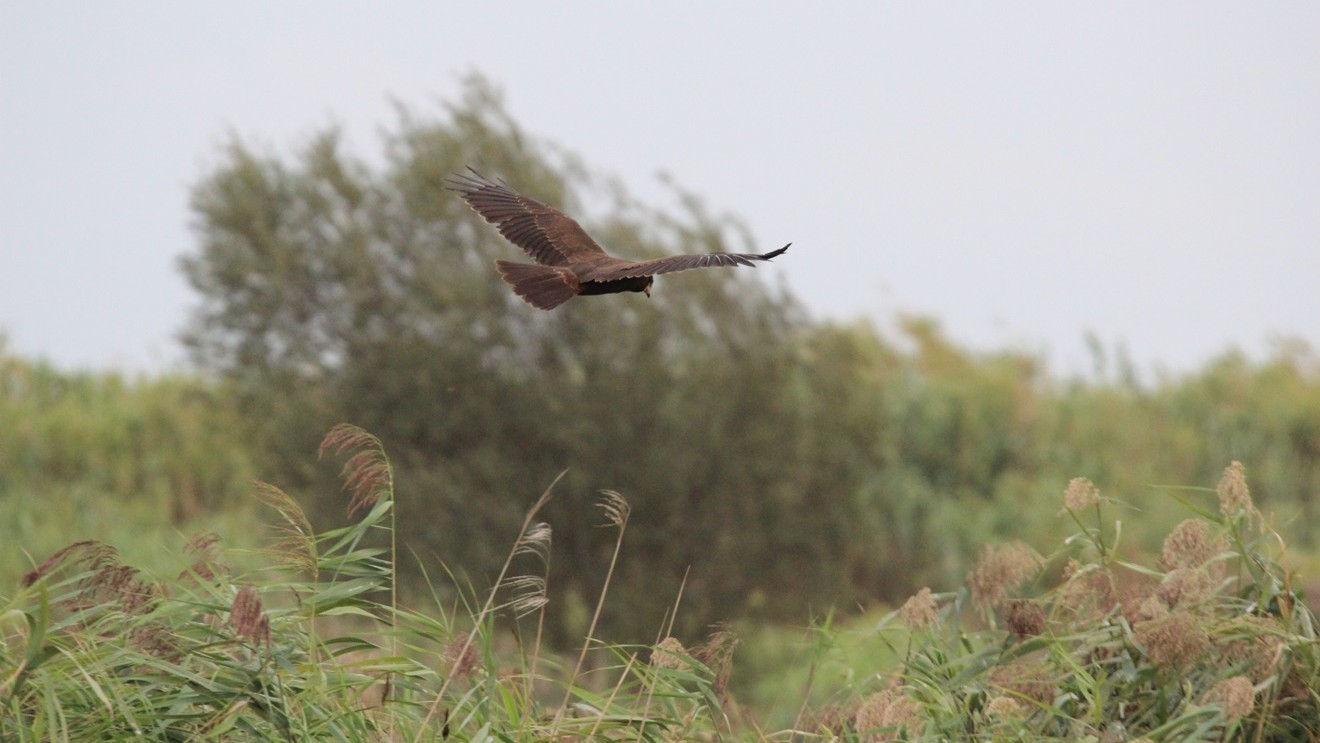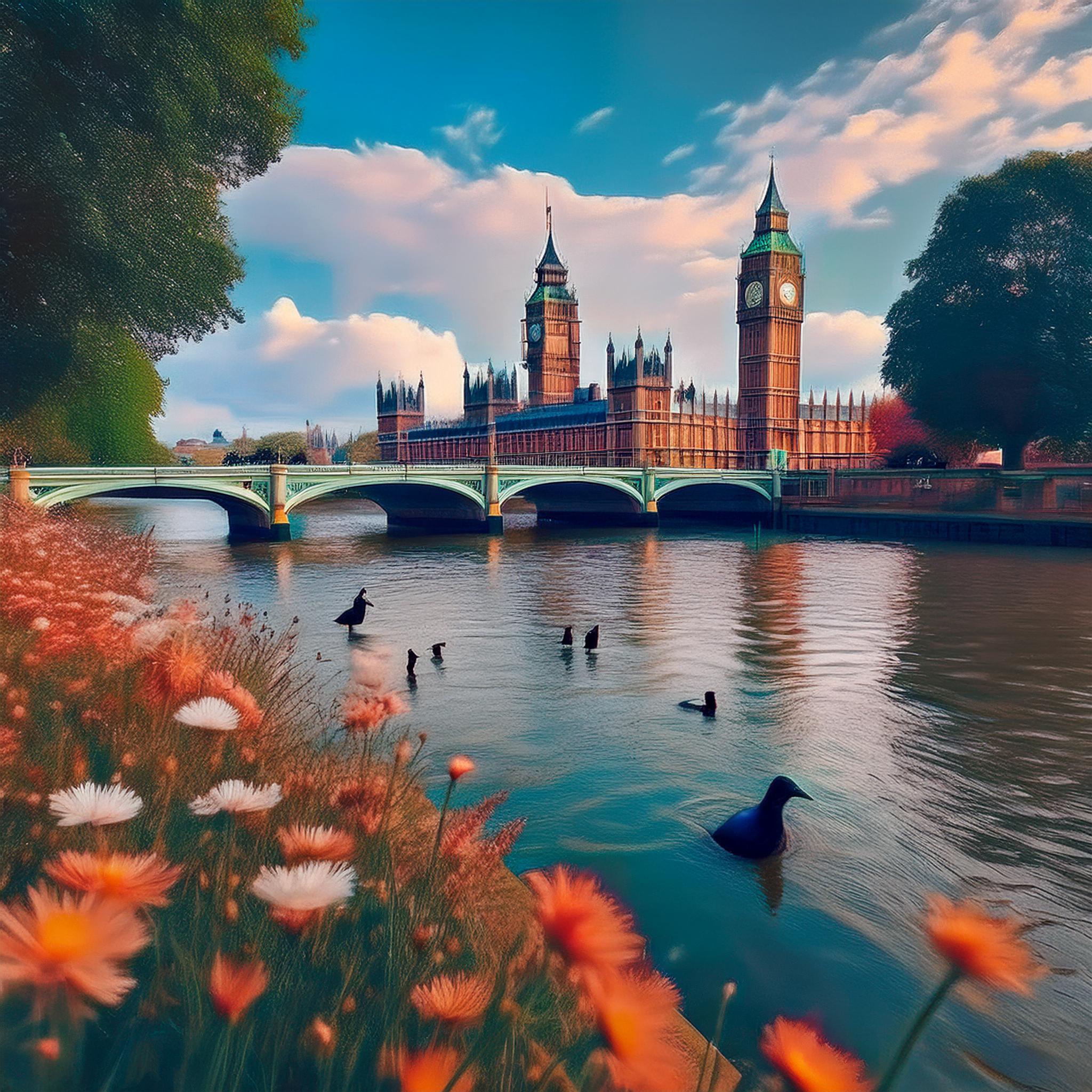
Explore the rich tapestry of wildflowers, the lively calls of grasshoppers, and the fascinating behaviours of fledgling birds. Join us for an insightful journey through the height of summer, where every corner of nature is teeming with life. Whether you're a nature enthusiast or simply curious about the seasonal changes, this article will captivate and inspire you.
July sees summer at its absolute height. The sun is so high in the sky it often produces the hottest and driest month of the year. Where it casts shadows they tend to be small ones. As the month progresses the daylight hours get shorter and dusk occurs more rapidly. By the end of the month the sun is setting half an hour earlier than it did at the beginning and Londoners start to comment on the nights drawing in.
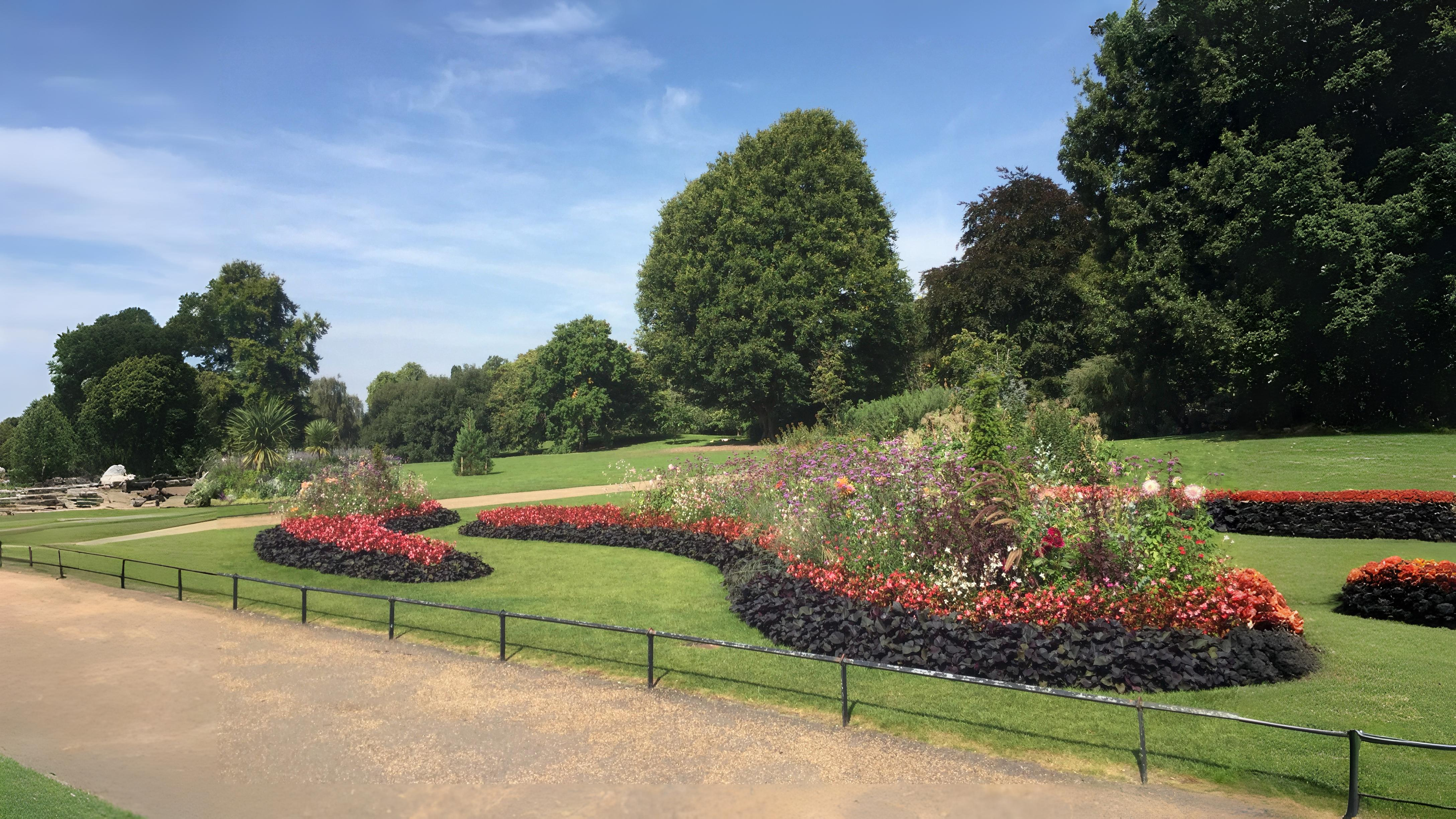

Because of all the flowers it is very colourful and very scented with species such as sweet chestnut producing heavy scents that carry.
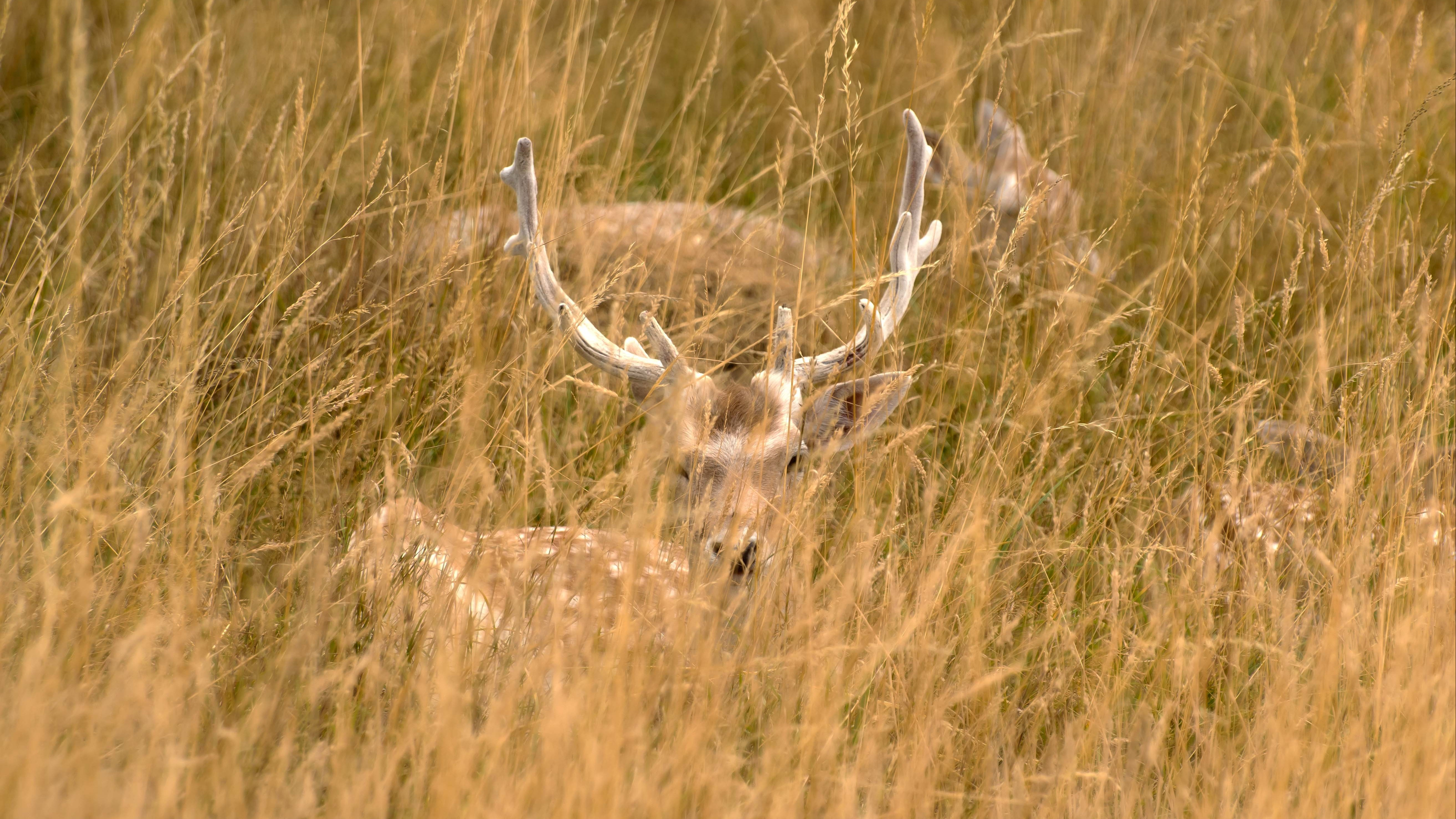

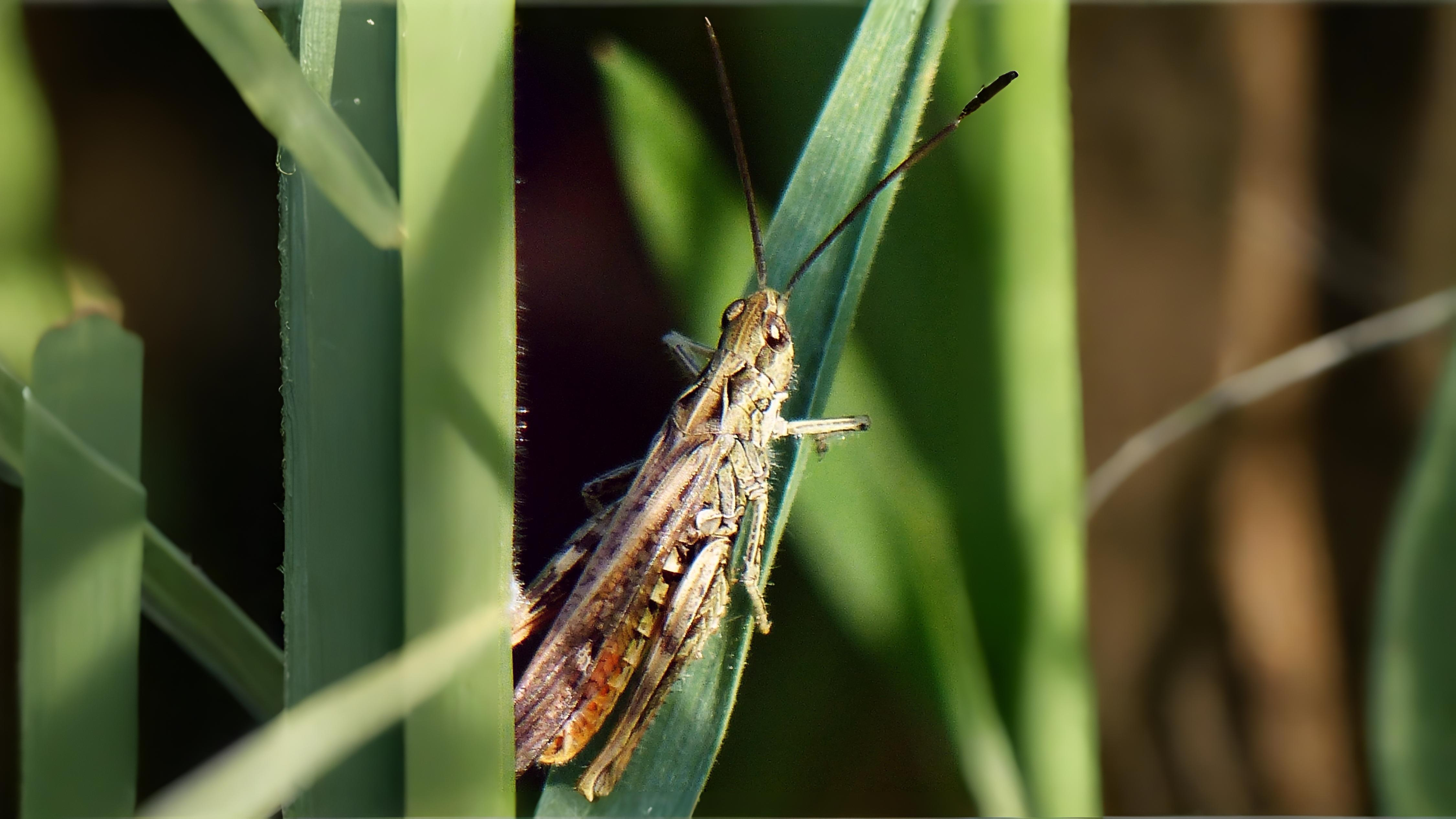

There is no dawn chorus in July, although blackbirds do make a half-hearted attempt, seemingly impervious to traffic noise. On the typical hot, sultry days of the month blackbirds and woodpigeons, and some other birds, may be seen with outstretched wings appearing to pant. It is thought this may be a way of losing heat; their feathers may be raised for the same purpose. If the birds are seen lying on their sides it is thought this might help in reducing ticks.


